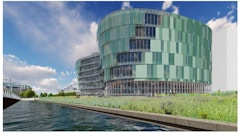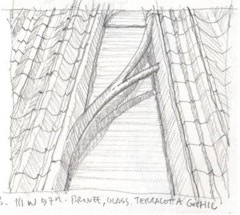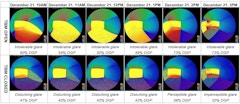
Establishing a Life Cycle Assessment Methodology for Innovative Facade
Life cycle assessment was introduced in the 1970s as an analytical tool to quantify the environmental impact of a product, process, or service.

Life cycle assessment was introduced in the 1970s as an analytical tool to quantify the environmental impact of a product, process, or service.


Facades must be responsive to a myriad of qualities and influences ranging from urban impact and aesthetic character to numerous performance



Facade engineering aims at appropriately balancing the demands imposed by the context and the capabilities inherent to the materials, the geometries








The conventional modern facade is essentially flat, which creates the tendency toward visual monotony and problems for modulating daylight—both on

Understanding how a building will reflect sunlight has gone from a rare requirement to a key consideration during the planning permission process in



Allowing sufficient amount of natural light while avoiding excessive sunlight penetration is often hard to achieve with static facade systems due to

The FTI Research Committee is requesting Research Concept Briefs describing a team and approach for evaluating industry needs and challenges surrounding four key topic areas in which FTI has identified a need to accelerate innovation. The proposed research will clearly identify knowledge gaps and ba

Highly transformable materials can be used as adaptive exterior shading systems by leveraging the relationship between external stimuli (heat) and